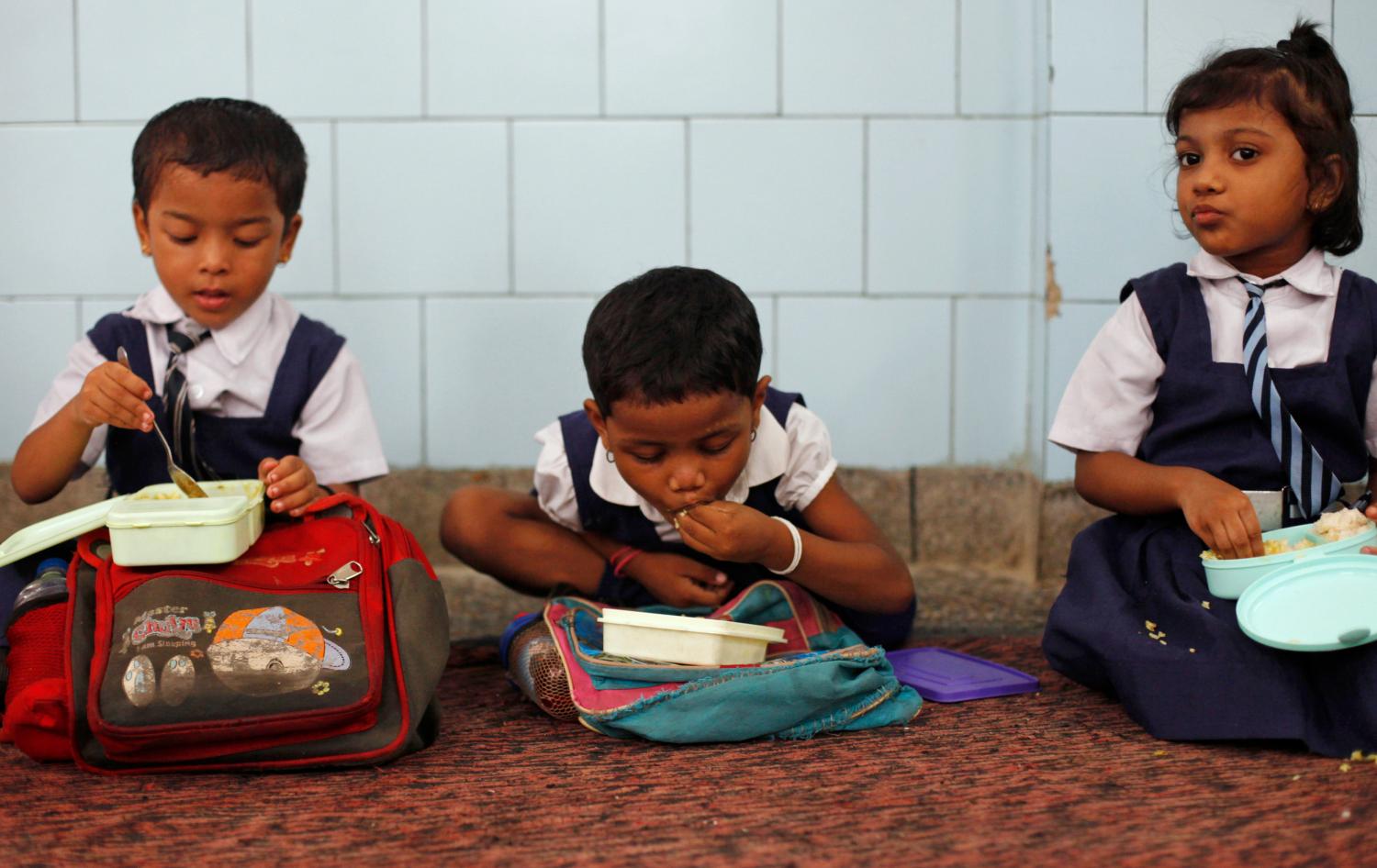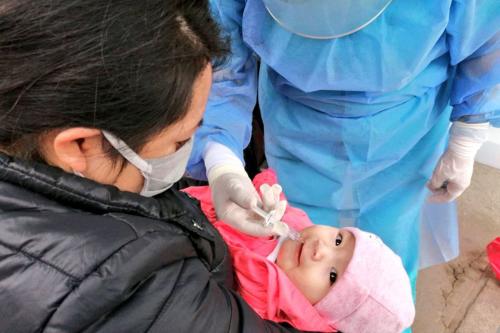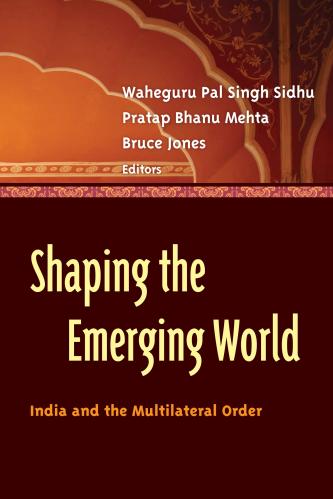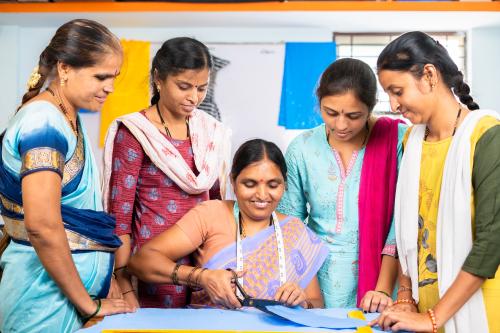Content from the Brookings Institution India Center is now archived. After seven years of an impactful partnership, as of September 11, 2020, Brookings India is now the Centre for Social and Economic Progress, an independent public policy institution based in India.
Notwithstanding the sizeable economic and social gains made by India over the last two decades, the pernicious, often invisible, challenge of maternal and child undernutrition remains a national public health concern. This undermines the assumption that economic growth is in itself a sufficient condition for improvement in public health. India is home to over 40 million stunted and 17 million wasted children (under-five years) (Raykar et al., 2015). Despite a marked trend of improvement in a variety of anthropometric measures of nutrition (for example, rates of stunting, wasting in children under-five) over the last 10 years, child undernutrition rates in India persist as among the highest in the world. This inequality in access is accentuated by the stark state-level disparity in nutritional status. Malnutrition is also responsible for lowering individuals’ immunity to infections and diseases; for instance, low body weight is responsible for 50 per cent of tuberculosis (TB) in India, and also leads to higher death rate (Swaminathan, 2016). Future growth will require significant investments into human resources of which health investments are critical.
In response, policy-makers must account for two key facts: (i) direct nutrition interventions (adequately scaled up), while essential, can reduce stunting only by 20 per cent; indirect interventions (for example, access to WASH) must tackle the remaining 80 per cent (Bhutta et al., 2013), and (ii) 50 per cent of the growth failure accrued by two years of age occurs in the womb owing to poor nutrition of the mother (UNICEF, 2015). A lack of nutrition in the first 1,000 days of a child’s life causes irreversible, long-term damage to a child’s cognitive functions (Walker et al., 2007), undermining later-stage investments aimed at realising the developmental potential of India’s children (such as the Government of India’s flagship programme, Skill India). Hence, there exist significant policy returns from investing in this critical window of opportunity, that is, from the period of conception of the child to the two-year post-natal period.
The Brookings Institution is committed to quality, independence, and impact.
We are supported by a diverse array of funders. In line with our values and policies, each Brookings publication represents the sole views of its author(s).










